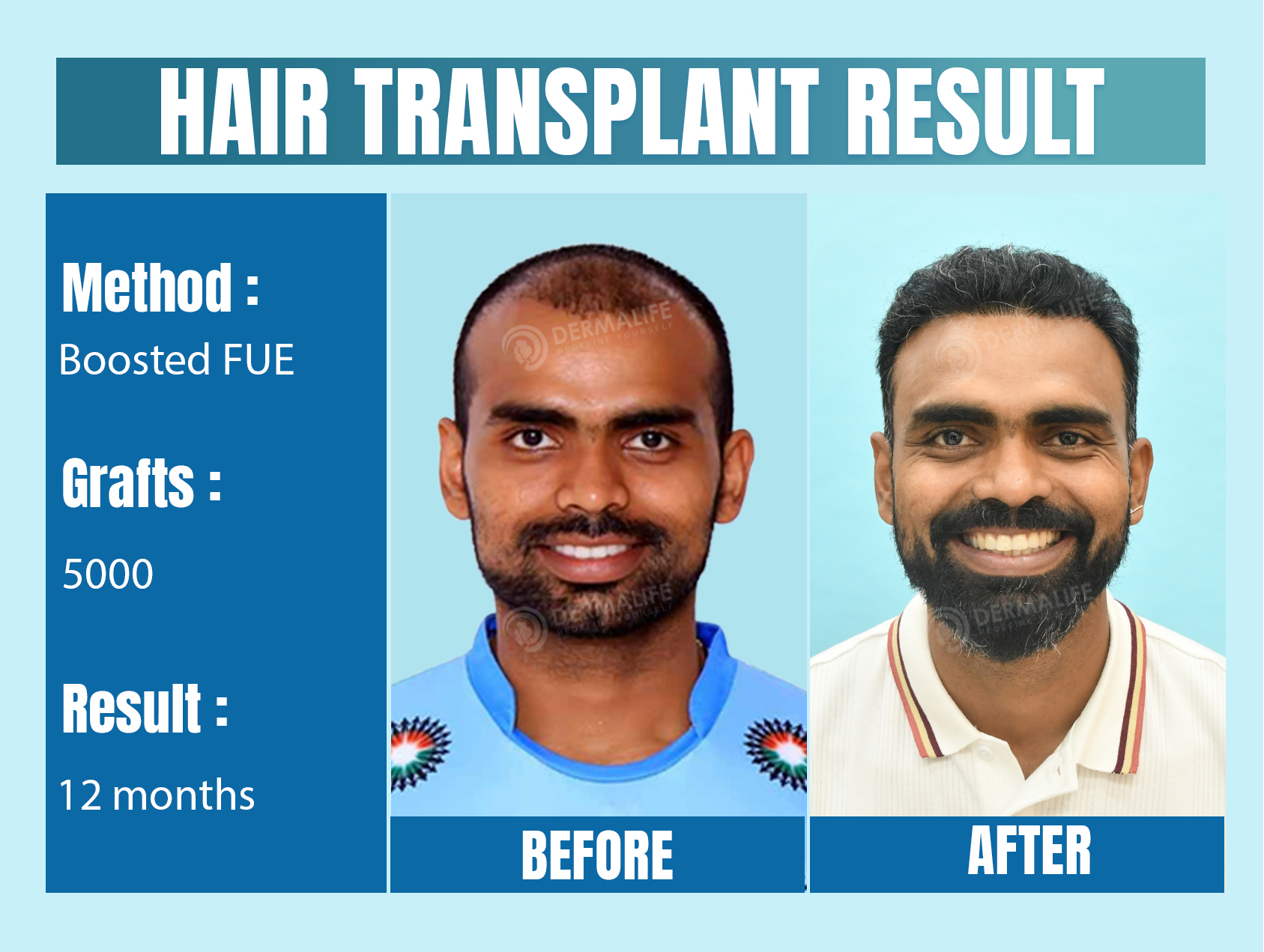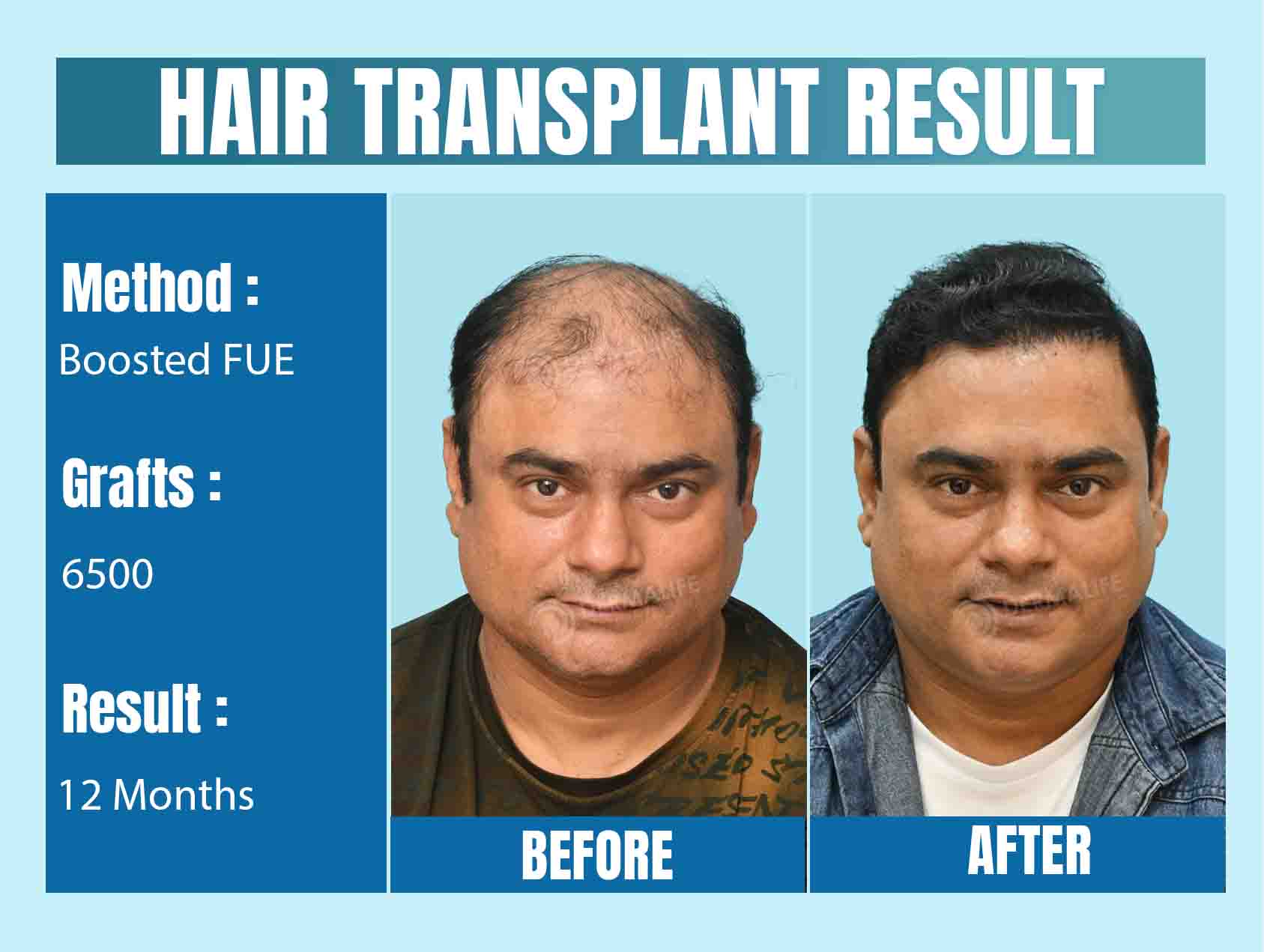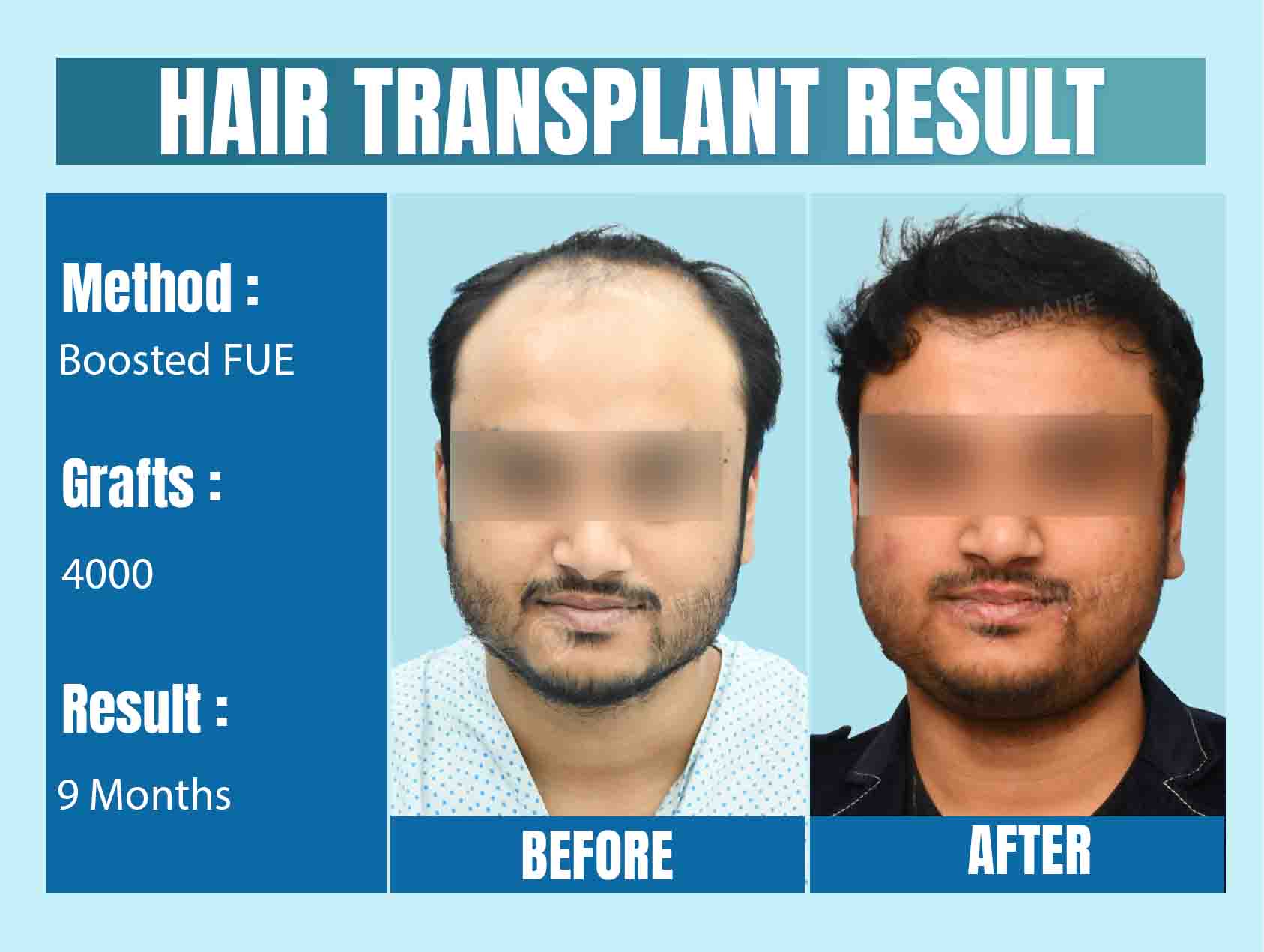


Hair transplant techniques are evolving with the improvement of medical advancements. However, if there’s one standard hair restorative procedure that has been around for decades, it is the Follicular Unit Transplant (FUT). It involves making incisions in the back of the scalp or the donor site to facilitate the extraction of the hair follicles.
It is a minimally invasive procedure that helps with quicker recovery and natural-looking results after complete recovery from the treatment. If you plan on undergoing a FUT hair transplant in Delhi, this should give you all the information you likely need to know about FUT Hair Transplant and FUT Hair Transplant Costs in Delhi.
Follicular Unit Transplant, commonly known as FUT, is one of the oldest procedures of hair transplant in Delhi. This hair restoration procedure, also known as “Strip Surgery, " generally occurs in a group of 1-4 hairs. These hairs are referred to as follicles and are used as grafts in the hair transplant. The only difference between FUT and other hair transplant techniques is the way hair is extracted from the donor area. A faint linear scar is left after the FUT surgery and is often visible. However, the FUT technique of hair transplant offers permanent results with amazing hair growth.
Impressive results with high hair production
FUT is generally suggested when a patient desires to have a fullness of hair growth, as this treatment offers a higher yield of hair. This is because, under this treatment, a large number of hair follicles can be extracted through one single string.
Undergoing a FUT transplant is not as easy as it looks. The doctor assesses whether the patient is eligible for the procedure or not. Some of the essential factors of consideration include:
You must have an open conversation with the cosmetic surgeon during the first consultation visit to get the tests done. You also want the best hair transplant surgeon in Delhi to look into your medical history and then assess whether you are healthy enough for the procedure or not.
The FUT hair transplant in Delhi involves a detailed procedure that the consulting surgeon will give a detailed brief about. A patient must familiarize themselves with the procedure before they plan on going under the knife.
The crucial steps involved in the procedure of the FUT transplant include:
Following the successful completion of the surgery, the patient is observed for a few hours, after which they are discharged with all the necessary instructions. The procedure does leave a large scar on the back of the scalp that will eventually fade over time with suitable precautions.
The doctor also prescribes pain, anti-inflammatories, and antibiotics for faster recovery after the procedure. The patient must familiarize themselves with the primary risks of complications too.
Experiencing swelling, pain, and mild bleeding after the procedure is common. Your surgeon will likely suggest ways to overcome these issues. The surgeon will likely provide you with a detailed prescription for everything that you need to do for at least 1-2 weeks after the surgery.
Keep an eye out for anything amiss that you are experiencing after the procedure. If any of the complications last more than 3-5 days straight, it is always better to consult your surgeon about the same.
If you are planning on undergoing the FUT procedure, here are a few advantages of the procedure you need to know.
Ensure that you consult the best FUT hair transplant clinic in India to get optimal results and satisfactory results in the end.
With the growing commercialization of cosmetic procedures, you wouldn’t have difficulty finding hair restorative clinics on every corner of the road. At Dermalife, we value our patients’ safety and satisfaction over our sales. We believe in our ethics and want to provide our patients with the most transparent treatment options.
If you are planning on undergoing the FUT hair transplant in Delhi, here are a few reasons why Dermalife is a leading center.
Under FUT Hair Transplant surgery, a whole strip of hair is extracted from the donor area, which is generally the sides or bottom of the scalp. This strip contains the grafts that hold clusters of hair. Before the doctor goes for strip harvesting, they generally provide local anesthesia to the patient to ensure maximum comfort and painless treatment. After getting the strip, it is dissected into multiple smaller strips with the help of high-magnification microscopes. Follicular units are obtained by cutting down the strip. At the same time, surgeons close the wound, which leaves behind a linear scar.
After the strip is divided into various follicular units, extra tissues are removed from it. Later comes the main part of the FUT hair transplant, i.e., the implantation. Surgeons prepare the recipient area and implant the hair follicles. This area must be handled very deliberately to guarantee that the hair transplant occurs the right way.
The bald area where the hair is to be transplanted is referred to as the Recipient area. This area must be dealt with extra care and caution. Surgeons use it to design the hairline and mark the implant points on the recipient area, which further helps in angulation of transplanted hair. The lines and angles that surgeons draw here are by the natural hair growth. Once all the drawings are done with adequate angles, anesthesia is provided in the recipient area, and hair is implanted. Patients are expected to look after this area even after the procedure to experience further hair growth.
A scalp is the highly preferred donor area for getting natural-looking hair after an FUT hair transplant. The ideal location for the transplant is the back or sides of the scalp where the growth is imminent.
The hair on the beard is quite thick and is easy to harvest. The texture, length, as well as behavior of beard hair are quite close to that of the scalp. Hence, it is often chosen as the donor area in most men’s hair transplant treatments.
The chest is another area that can work as a Donor Area in men’s FUT hair transplant. It is also commonly used as a non-scalp donor area, as the hair follicles here are good for getting fuller hair growth. However, a beard is always preferred over the chest area.
For getting the best outcome possible from an FUT hair transplant in Delhi, it is imperative for all patients to strictly follow the pre-operative directions. This helps in optimal healing after the surgery and in having new hair grow quicker.
Following the successful completion of the FUT surgery, the patient is then left on the road to recovery. The recovery timeline after the procedure generally ranges between 3-5 days after the surgery. However, the recovery timeline is very subjective and depends on the size of the incision as well.
The surgeon will advise everything that the patient needs to keep a check on post-op. Indulging in heavy-duty physical activity is a big NO for at least a week after the surgery. Aside from that, the patient needs to avoid direct sun exposure for 3-4 weeks for quicker and healthier recovery.
Patients are allowed to head back to their homes on the very same day of the surgery. However, a manual with post-operative instructions is provided to all the patients to take better care of the implanted area and donor area.
The FUT hair transplant cost in Delhi generally starts from INR 45,000 for 1500 grafts. The cost is subjective and can be less or more, depending on the requirements of the patient. Aside from the number of implanted grafts, the price also varies depending on the surgeon’s consultation charges and the accessory equipment charges levied by the clinic. Dermalife is one of the best clinics for hair transplant costs in India.
Once the FUT hair transplant surgery is done, you might notice fallout or hair loss for at least a few weeks. It is normal to experience hair loss as it indicates the regrowth of new hair. To get full hair growth and visible outcomes of the surgery, it takes almost a time of 10-12 months.